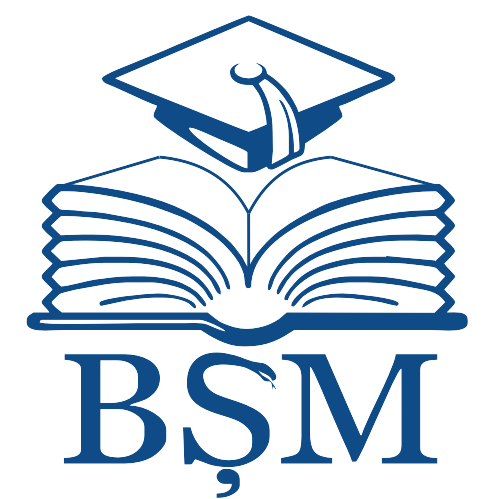| DC Field | Value | Language |
|---|
| dc.contributor.author | Vassileva, Petja | - |
| dc.contributor.author | Kirilova, Yordanka | - |
| dc.date.accessioned | 2025-04-14T07:49:05Z | - |
| dc.date.available | 2025-04-14T07:49:05Z | - |
| dc.date.issued | 2024 | - |
| dc.identifier.citation | VASSILEVA, Petja; KIRILOVA, Yordanka. Potential role of AI in diagnosis of low tension glaucoma. In: The 19th SEEOS Congress: abstract book, Oct. 18-19th, 2024 / org. commit.: Eugeniu Bendelic [et al.]. Chişinău: CEP Medicina, 2024, p.36. ISBN 978-9975-82-393-7. | en_US |
| dc.identifier.isbn | 978-9975-82-393-7 | - |
| dc.identifier.uri | https://repository.usmf.md/handle/20.500.12710/30364 | - |
| dc.description.abstract | Glaucoma represents a heterogeneous group of conditions with significant
difference in pathogenesis, clinical characteristics, IOP levels, treatment approach
and progression. It is a very complex disease without agreed upon diagnostic and
classification criteria. Elevated intraocular pressure is main risk factor, and many
treatment modalities are efficient for its reduction.
Very difficult diagnostic problem is caused by development of glaucomatous
damage in patients that never had IOP above 21mmHg – so called Low Tension
Glaucoma (LTG). The great value of Artificial Intelligence (AI) is the possibility to
process and analyze multiple data from clinical exams and diagnostic testing. For
onset and prognosis of LTG, systemic risk factors are more important . We hope AI
to help in diagnostic definition for this dangerous glaucoma form, demonstrated in
approximately 1/3 of patients.
We preformed retrospective clinical study of all LTG patients diagnosed and treated
for 2 years period. Diagnosis was based on presence of glaucomatous nerve head
damage, retinal nerve fiber layer (RNFL) thinning, characteristic visual field defects,
and maximal intraocular pressure (IOP) < 21mmHg. Additionally RR holter exam and
Doppler echography were performed on selected patients, as well as consultations
with cardiologist, neurologist and endocrinologist. Follow up period: 6-18 months.
Disease progression was demonstrated in 65% of patients even after IOP decrease
to 15-17mmHg. Most common findings were unstable blood pressure with
nocturnal dips and IOP fluctuation.
Two metabolic phenotypes were observed. In the 1st group are patients in younger
age who demonstrated signs of abnormal vasoregulation: Reynaud syndrome,
migraine headache, systemic hypotension, cold hands and feet. Patients from 2nd
group are older (around 80) with multiple systemic vascular problems, extreme
fluctuations of RR and IOP, as well as cognitive problems.
The major concern is how to define LTG, and AI could help to reach unified
diagnostic definition. We suggest for a need of new criteria for this glaucoma form
– max IOP <15-18mmHg. Our studies support the vascular hypothesis for LTG
development and progression. This glaucoma form is extremely challenging and
mysterious, and both phenotypes group are mostly associated with ocular perfusion
problems. | en_US |
| dc.language.iso | en | en_US |
| dc.publisher | CEP Medicina | en_US |
| dc.relation.ispartof | The 19th Edition of the South-East European Ophthalmological Society Congress. October 18-19th, 2024, Chisinau, Republic of Moldova | en_US |
| dc.title | Potential role of AI in diagnosis of low tension glaucoma | en_US |
| dc.type | Other | en_US |
| Appears in Collections: | The 19th Edition of the South-East European Ophthalmological Society Congress Abstract book. October 18-19th, 2024, Chisinau, Republic of Moldova
|


